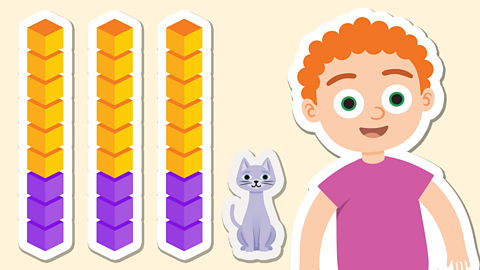How to compare and order decimals
Let's look at how to compare and order decimals, using number lines to help us.
Example 1
On the number line below we can see that 2.3 (two and three tenths) is less than 2.8 (two and eight tenths).
2.8 is five tenths more than 2.3.

Example 2
On this next number line we can see that 5.5 (five and five tenths) is less than 5.6 (five and six tenths), which is less than 5.9 (five and nine tenths).

The difference between the biggest number and the smallest number is seven tenths.
If we order the decimals from smallest to biggest we get: 5.2, 5.6, 5.9.
Example 3
In this next number line 4.23 (four and twenty-three hundredths) is less than 4.27 (four and twenty-seven hundredths).

4.27 is four hundredths more than 4.23.
Example 4
Look at this next example.

6.82 (six and eighty-two hundredths) is less than 6.86 (six and eighty-six hundredths).
6.82 is more than 6.8 (six and eight tenths or six and eighty hundredths).
6.86 is less than 6.9 (six and nine tenths or six and ninety hundredths).
If we order the four decimals from smallest to biggest we get: 6.8, 6.82, 6.86, 6.9.
Example 5
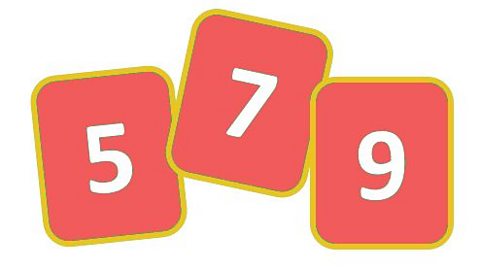
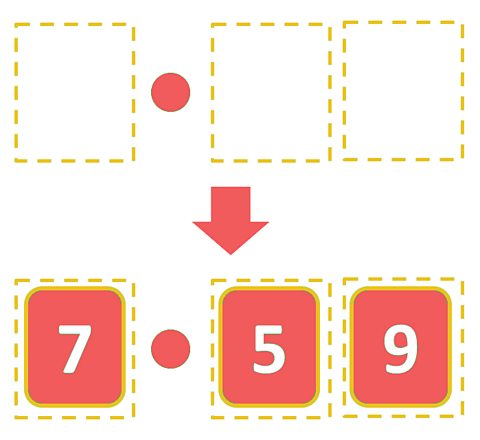
The three number cards 5, 7 and 9 are placed together in the spaces to make a decimal number with two decimal places, which results in 7.59.
How many different other decimal numbers do you think can be made from the three number cards?
There are six possible answers in fact:
5.97, 5.79, 9.57, 9.75, 7.95, 7.59
If we arrange them in order from smallest to biggest, we get:
5.79, 5.97, 7.59, 7.95, 9.57, 9.75
Activities
Activity 1
Reordering activity
To get you thinking, have a go at this quick activity where you need to arrange decimal numbers in order, from smallest to biggest.
Activity 2
Comparing and ordering decimals quiz
Now try this quiz, to test your skills in comparing and ordering decimals even more!
Play our fun maths game Guardians: Defenders of Mathematica. gamePlay our fun maths game Guardians: Defenders of Mathematica
Use your times tables and more maths skills to defeat monsters and reclaim the Kingdom of Mathematica

More on Fractions
Find out more by working through a topic
- count12 of 26
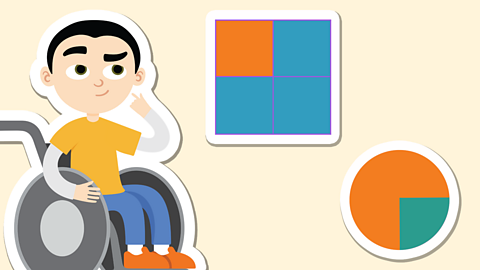
- count13 of 26
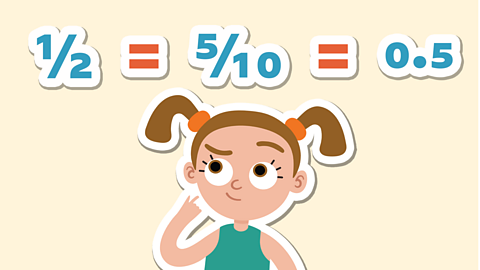
- count14 of 26
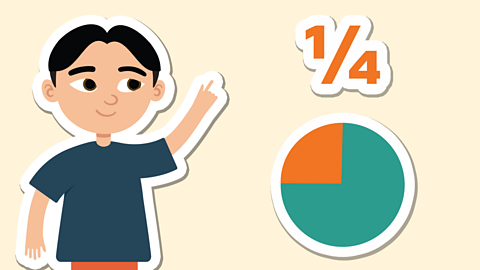
- count15 of 26
